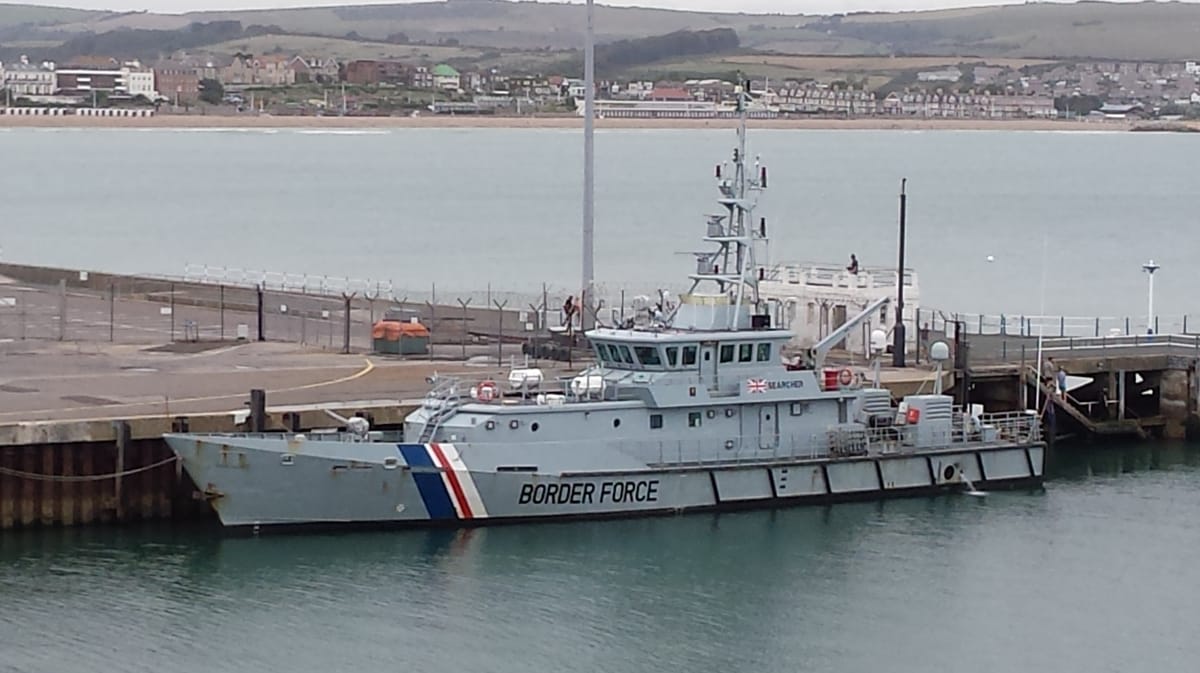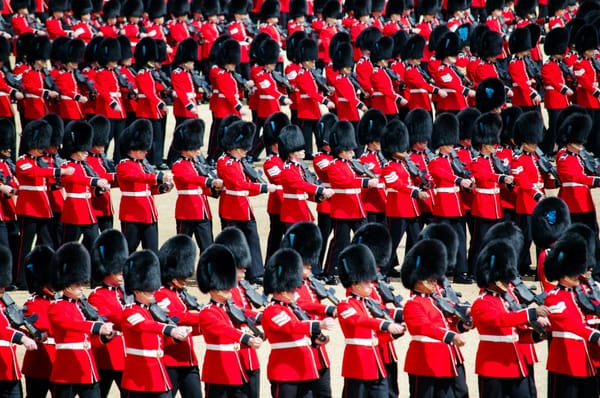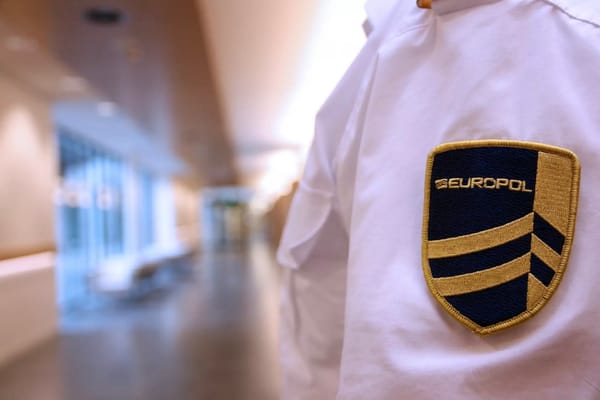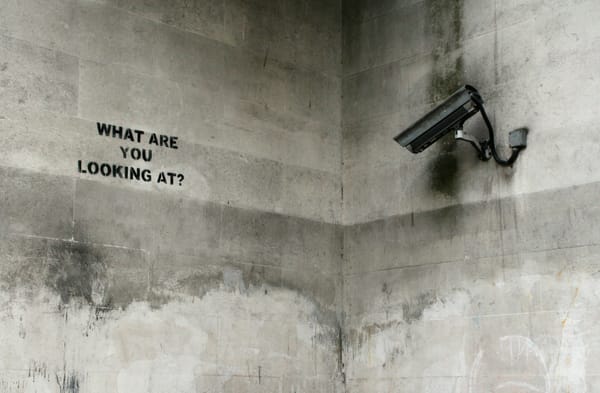UK building autonomous AI spy network to tackle small boats crisis
New "Intelligence, Surveillance and Reconnaissance" system will monitor the British Channel to identify illegal migrant vessels.

The Home Office is planning to spend £12 million on building an AI spy grid to monitor the British Channel and prevent migrants from illegally entering the UK on small boats.
More than 21,000 people have crossed the Channel from France in 2025 – a 55% increase from 2024 and the highest level for this period on record. Last year, more than 73 people died, the largest number of fatalities ever recorded.
This week, President Macron of France met the deeply unpopular British Prime Minister Sir Keir Starmer in London, where it was agreed that "a new deterrent" is needed to stop the boats, whose passengers are predominantly men aged 18 or over.
Now Machine has uncovered details of the Home Office's plans to use artificial intelligence to "reliably and autonomously detect, track, and identify small boats".
The new "Land-Based Intelligence, Surveillance and Reconnaissance (ISR) and Common Operating Picture Managed Service" will provide "autonomous domain awareness" in the waters of the Dover Strait from Ramsgate to Hastings, stretching out to include UK territorial waters at a distance of 12 nautical miles offshore.
READ MORE: UK announces £5 billion investment in laser beams and killer robots
This project is being led by Channel Operations, a public body tasked with "ending the viability of the small boats route as a means of entering the UK and preventing other forms of high-risk clandestine entry."
It is hoped the system will enhance the work of human operators who are often overwhelmed with information and unable to reliably identify small boats as they travel across the channel.
"Most security and situational awareness systems used for maritime border security, such as coastal radar, cameras, or patrol vessels, simply collect data from their sensors and feed it ‘raw’ to an operator who assesses the situation and directs the system accordingly," the UK Home Office wrote.
"Monitoring and interpreting large volumes of data requires high communications bandwidth and places a high cognitive burden on the operator, potentially leading to missed threats or delayed responses."
"Detect, locate, classify and respond."

Plans for the spy grid have been set out in a government tender published just over two weeks ago. Contractors have been invited to bid to build the system, with a decision expected in November and the project forecast to be delivered six months later.
The Home Office described the vessels it is looking for in the following terms: "A soft-hulled, single- or multi-chamber inflatable boat with a rigid or semi-rigid floor, typically 8 metres in length, 3 metres in width, and approximately 1.25 metres in height above the waterline.
"These vessels are often overloaded with 40–60 individuals, lack Automatic Identification System (AIS) transponders, and are piloted by unskilled individuals attempting to cross the English Channel. Due to their low profile and construction, they present a very low radar cross-section, making them difficult to detect using conventional maritime surveillance systems. Embarkations typically occur at all hours, day, and night."
To identify these boats, the Home Office will build a interface provided through a web API, which will collect and present information generated by a network of new and pre-existing sensors to "autonomously detect, locate, classify and respond to various situations, creating a cohesive and interoperable system."
Data will be fed into the UK's command and control facilities to provide "situational awareness" and "enhanced tactical domain awareness".
You shall not pass
Earlier this year, the Home Office granted a contract to a US defence contractor called Anduril, which is named after Aragorn's "Flame of the West" sword in The Lord of the Rings, for a £16 million on a "Common Operating Picture and Command Interface". This will reportedly consist of six or more towers fitted with radar as well as thermal and electro-optical imaging sensors.
"These towers are capable of algorithmically identifying, detecting, and tracking individuals or subjects considered to be of interest," claimed researcher Samuel Storey of the Migrants’ Rights Network. "The Maritime Sentry Tower includes thermal and electro-optical imaging sensors, and radar designed to detect ‘small boats’ and other waterborne objects within a nine-mile radius."
"On the South-East coast of England, an elusive and secretive physical AI border is being implemented," the activist group alleged.
"Criminalising people arriving via irregular routes has been a number one priority for successive UK governments. These silent, ever-watching towers are a physical marker of where the Hostile Environment begins."
However, the British public is largely in favour of stopping the boats, according to a recent poll which found that seven in ten say the government "must do whatever it takes to stop the boats" - although half think it is impossible to halt the arrival of seaborne migrants.
People smuggling gangs charge up to £12,500 for crossings from France to the UK, with some even offering summer discounts during peak season.
Do you have a story or insights to share? Get in touch and let us know.




